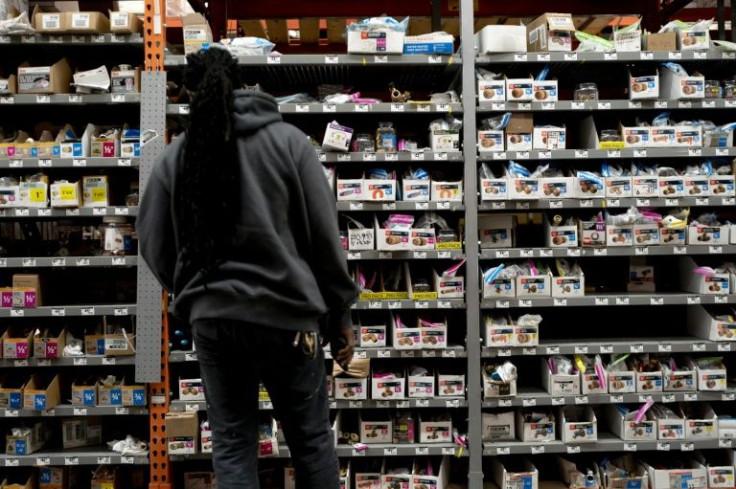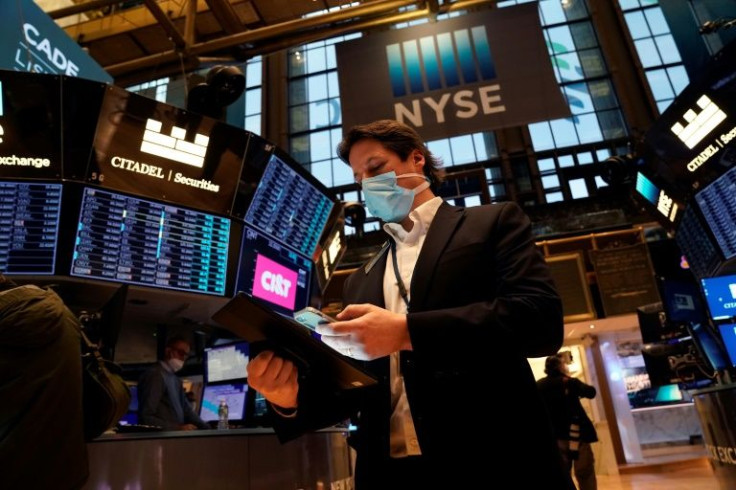Interest Rate Hikes Will Take Their Toll On Debt And Commercial Real Estate Sales
Fed’s interest rate hikes, including the one issued by the Federal Open Market Operations Committee (FOMC) Wednesday, are expected to dry up liquidity and lower debt and commercial real estate sales in Q2. That’s according to Kevin Fagan, a senior director and Head of CRE Analytics at Moody’s Analytics.
“The Fed announcement of hiking their target Fed funds rate by 75 basis points was highly expected,” he told International Business Times in an email. “This was likely baked in by most commercial real estate market participants, particularly lenders where we’ve seen loan interest rates rise north of 50 basis points in 2022, mostly in the second quarter. That puts pressure on asset values and squeezes lender profits and borrower returns. Therefore, both debt issuance and commercial real estate sales volume to pull back in Q2, as the industry assesses the near-term future.”
Still, this prospect doesn’t seem to concern traders and investors on Wall Street, which staged a massive rally after the release of the FOMC’s decision. For instance, the tech-heavy NASDAQ, home of many profitless companies, rallied more than 4%, with cryptocurrencies following suit.
Apparently, this was another day Wall Street turned bad news into good news for several reasons. First, the 75-basis interest rate hike in the Fed funds rate was what markets expected, as Fagan and almost every Fed observer told IBT. Thus, markets have already discounted it.
Second, markets think that the magnitude of the rate hike is sufficient to add credibility to the Fed in fighting inflation, meaning that the nation is no longer “behind the curve” in fighting the old villain. Therefore, the recent rally in the US Treasury bonds, which provided a cushion for the equity rally.
Third, the Fed talked about the US economy softening up, but it didn’t mention the world recession, meaning that the nation’s central bank believes it can achieve a “soft-landing.” As a result, it can bring inflation under control—close to its 2% target--, without causing a recession.
Wall Street has another name for “soft landing,” “Goldilocks scenario,” an economy not too cold, not too hot, ideal for equity markets. That is how the US economy looked in the second half of the 1990s, a macroeconomic environment that created the conditions for the blow and the high-tech bubble burst.
Still, prudent investors shouldn’t place too many bets on the Goldilocks scenario. Inflation is currently standing 4-5 times above the Fed’s target—depending on which measure is used--, and it could take many more interest rate hikes to bring it where it should be. “Investors now have to consider the implications of further rate hikes in months to come and what this means for markets and the economy,” Phillip Neuhart, Director of Market and Economic Research, First Citizens Bank Wealth Management," told IBD in an email. “With multi-decade high inflation, the Fed remains aggressive, which we believe will drive elevated market volatility for the remainder of the year.”
How far will the Fed go with interest rate hikes? PNC expects the Fed to hike the fed funds rate by 50 basis points at its next meeting on September 21 and bring it close to 4% by the end of the year. “However, risks are to the upside, toward an increase of more than 50 basis points, depending on inflation data over the next couple of months,” Gus Faucher, Chief Economist at PNC Financial Services Group, told IBT in an email. “PNC expects the fed funds rate to be between 3.25% and 3.50% at the end of this year, and then peak between 3.50% and 3.75% in the first half of 2023.”
And that will put further pressure on debt and commercial real estate sales.


© Copyright IBTimes 2024. All rights reserved.






















